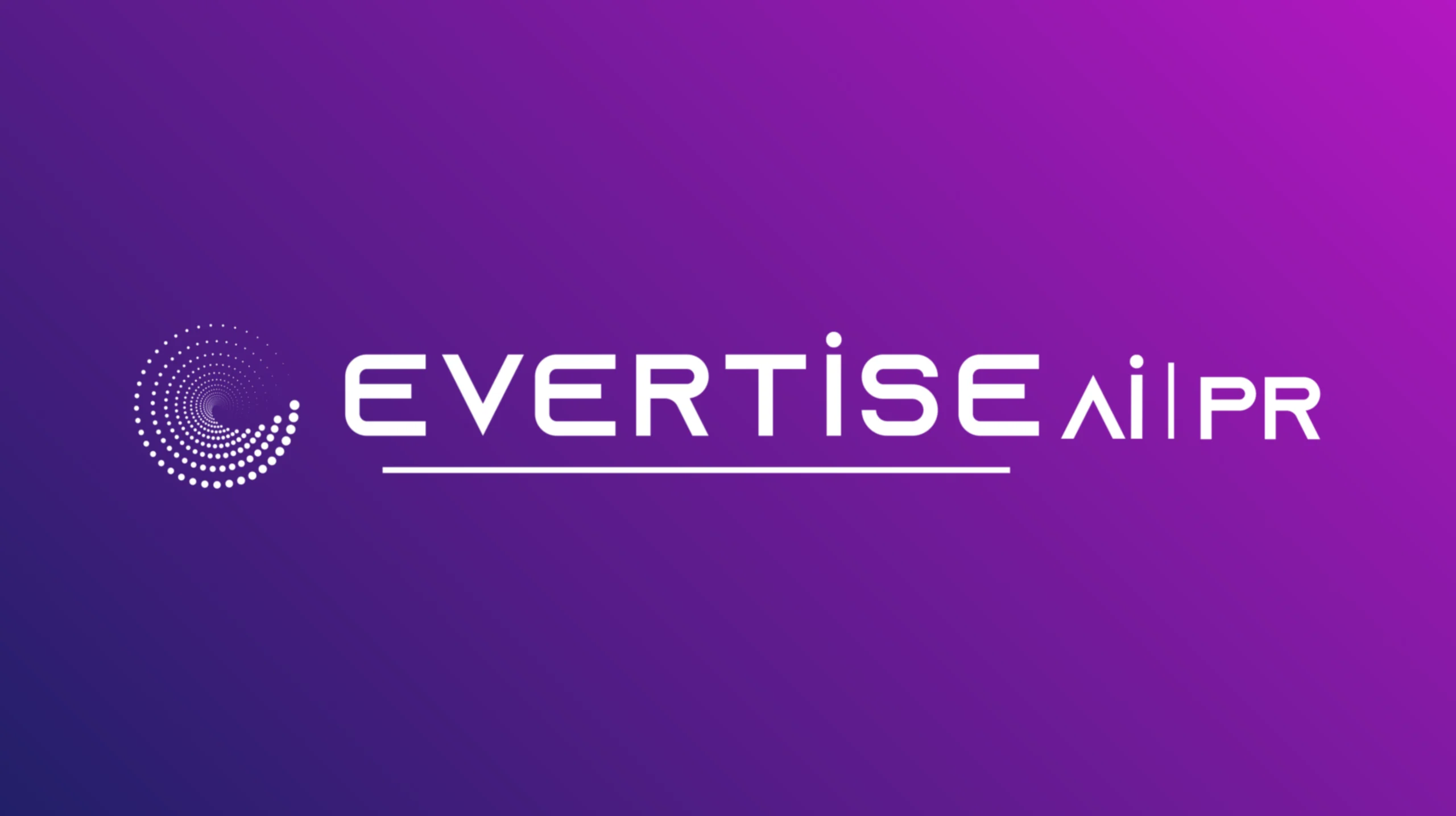Employee onboarding is a crucial process that sets the tone for an employee’s experience in a company. It entails more than just HR paperwork and training sessions; it encompasses creating a welcoming and supportive environment for new employees.
In this comprehensive guide, we will explore why is employee onboarding important and provide you with practical tips to make your onboarding process effective.
1. The Importance of First Impressions
First impressions are lasting impressions, and this holds true in the workplace as well. When new employees feel valued from the moment they step into the organization, they foster a positive attitude towards their role and enhance their commitment to the organization’s goals. Companies can effectively retain their top talent by investing time and effort in creating a seamless onboarding experience.
2. Building Relationships
Onboarding goes beyond getting acquainted with company policies and procedures; it also involves building relationships within the organization. Encouraging new employees to collaborate with colleagues and fostering opportunities for mentorship can significantly impact their engagement levels. By promoting an inclusive environment, companies establish strong bonds early on, minimizing social and professional obstacles.
3. Enhancing Productivity
The ramp-up period for new employees is critical in terms of productivity. A robust onboarding process ensures that new hires quickly understand their roles, responsibilities, tools, and resources available to them. Gaining clarity helps new employees hit the ground running instead of spending valuable time trying to figure things out independently.
4. Reducing Turnover Rates
Inadequate or insufficient employee onboarding processes often result in higher turnover rates. When workers don’t receive proper guidance or support at the beginning of their tenure, they may decide to seek employment elsewhere sooner rather than later. Companies investing in comprehensive onboarding systems enjoy higher employee retention rates as individuals feel supported right from day one.
5. Brand Representation
Employees are not cogs in a wheel; they are brand representatives, too. Onboarding programs should include information about the organization’s mission, vision, and values to ensure new employees connect with and embody the company culture. Well-informed employees can deliver consistent messaging and provide a positive image of the company to clients, customers, and partners.
6. Continuous Learning
Effective onboarding does not end after initial training sessions but focuses on continuous learning. Providing access to learning resources through workshops, online platforms, or mentorship programs helps new employees expand their skills and knowledge. Encouraging continuous improvement creates a growth-oriented environment that allows both individuals and organizations to thrive.
7. Tailoring Onboarding Programs
It is crucial for companies to recognize that one size does not fit all when it comes to onboarding employees. Different job roles will have unique requirements, necessitating tailored onboarding programs. By considering individual employee needs and expectations during the onboarding process, organizations can ensure a higher degree of success in integrating new hires seamlessly.
8. Measuring Onboarding Success
Tracking the success of an onboarding program is essential to ensure continuous improvement. By setting key performance indicators (KPIs) and consistently evaluating the effectiveness of the onboarding process, organizations can identify areas for enhancement and make data-driven decisions.
9. Incorporating Technology in Onboarding
Technology plays a valuable role in streamlining and enhancing the onboarding experience. Utilizing digital platforms for pre-employment paperwork, virtual training sessions, onboarding checklists, and introducing new hires to company communication tools helps create a more efficient and engaging process.
10. Sustaining Employee Engagement
Employee engagement doesn’t stop after the initial onboarding period; it requires ongoing efforts. Establishing effective communication channels, providing growth opportunities through continuous training programs, recognizing employee achievements, and soliciting feedback regularly are crucial in maintaining high levels of engagement beyond the onboarding phase. A poor onboarding process does irreparable harm to both employees and the organization at large.
Conclusion
Employee onboarding plays a significant role in employee satisfaction, retention rates, and productivity levels within an organization. The potential benefits are far-reaching by focusing on first impressions, relationship-building, productivity enhancement, turnover rate reduction, brand representation, continuous learning opportunities, and tailoring onboarding programs according to individual needs. In today’s competitive job market, where hiring top talent is challenging enough already—failing to create an effective onboarding process could mean pushing away the very people companies wish to attract.


